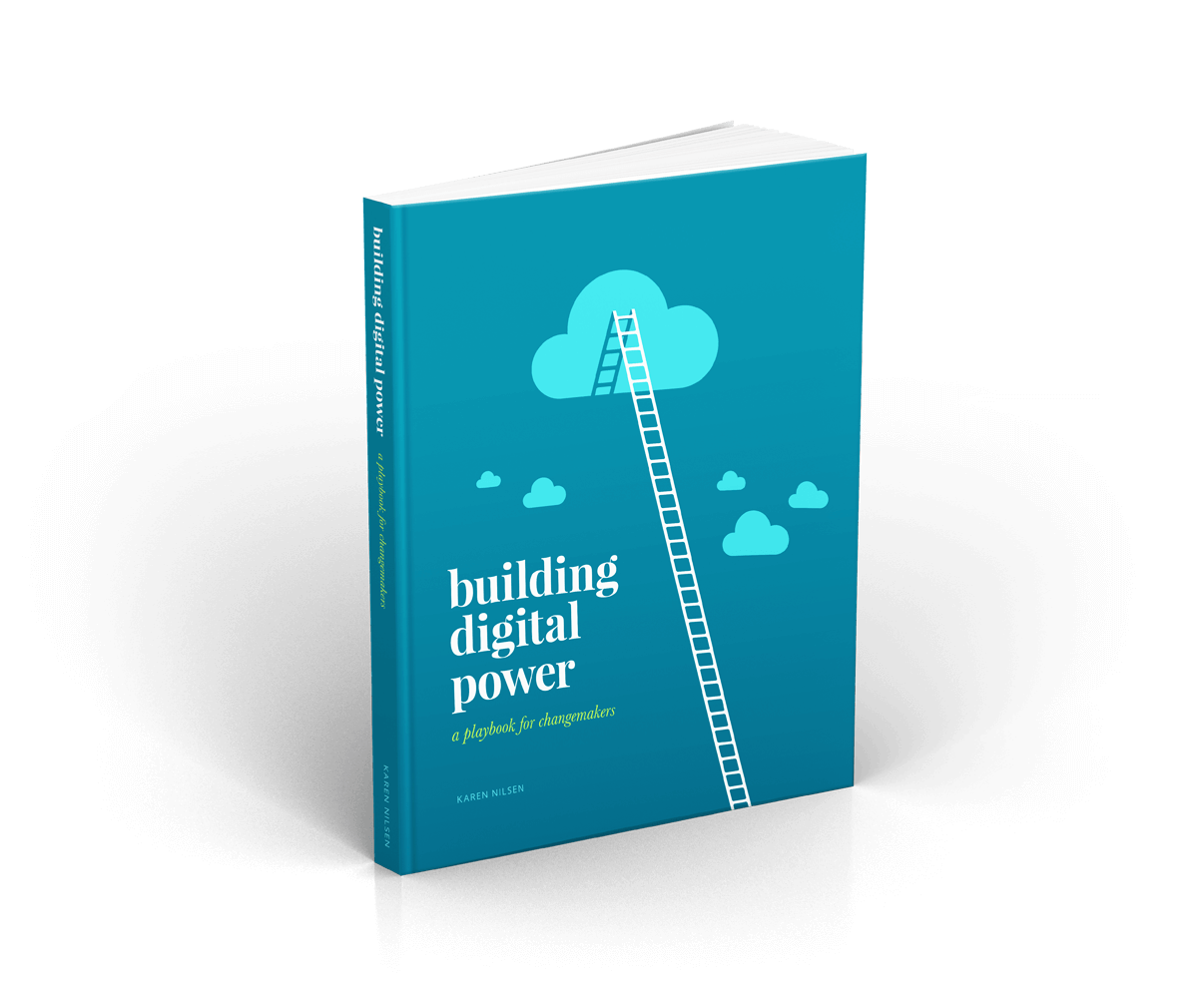The TWO Objectives You Need to Meet in Every Email
Every time you email your supporter, you’re doing much more than delivering a message. You’re cultivating a relationship.
If your organization relies on—or hopes to rely on—a digital audience to sustain its work, then the health of that relationship is everything. For most digital-facing organizations, email is the best tool out there for establishing personal connection and trust.
How you communicate by email will shape how your online supporters feel about your organization. It will influence their enthusiasm to participate in that relationship: to read, share, take action, and donate. From this perspective, every email can be thought of in two ways.
1. Its primary objective
How successfully does the email achieve its immediate goal? What was its open or click rate? How many actions or donations did it attract? This usually supports a single organizational goal and is measured by individual email analytics.
Fast-track your digital strategy learning curve.
Free eBook2. Its meta objective
How does the email serve to build trust, rapport, and long-term commitment? This impacts every supporter-facing department—from fundraising to activism—and is measured by email list health and long-term engagement.
Serving both of these objectives at the same time is key to a robust email strategy. Fortunately, in most cases, what’s good for the email is good for the relationship.
Think of a radio tower. Broadcast signals beaming far and wide. Most people think about email broadcasts this way. Please don’t think about email broadcasts this way. Broadcast communication is, by default, impersonal. Because...
2 minute readThink of a radio tower. Broadcast signals beaming far and wide. Most people think about email broadcasts this way. Please don’t think...
Continue →Get a free weekly digital strategy tip:
Unsubscribe any time. We respect your data. View the privacy policy.
Like this tip? Share it!






